
4 minute read
Remember when
The beginning
Opening in 1923, Wairarapa High School (later, Wairarapa College) focused on academic education, with pupils travelling to a Technical School for ‘manual training’ in engineering, woodwork, plumbing, home science, and agriculture.
Advertisement
However, the Minister of Education at the time, Peter Fraser, believed technical and academic education should not be separated. He spearheaded the amalgamation of Masterton’s two secondary schools, laying the foundation stone for Wairarapa College in 1937 and returning the following year for the opening.
Increasing demand
The school leaving age was raised to 15 at the end of 1944, and School Certiÿ cate arrived, contributing to the rapid rise of the school’s roll, reaching 1,080 in 1961. More students also began to stay on into senior years.
As the number of students at WaiCol increased, improvements in infrastructure became necessary. In 1945, for example, a large recreation hall used by the Americans at Titahi Bay during the war was removed to Wairarapa College to be used as its gymnasium.
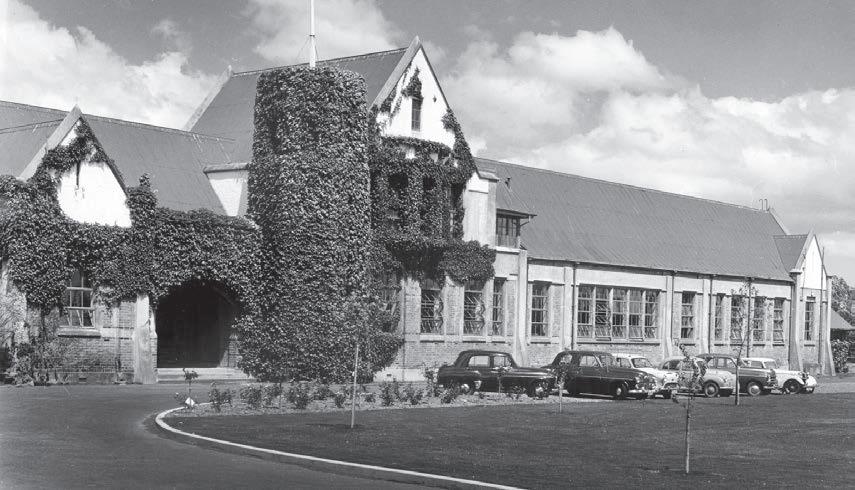
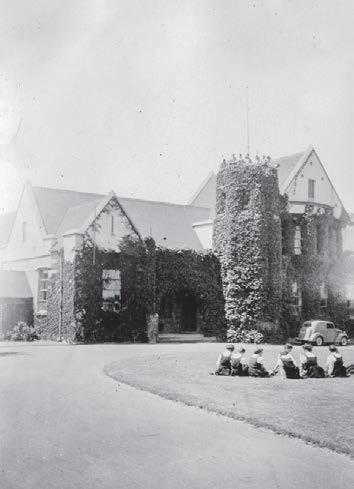
Uniqueness of WaiCol’s School Farm


From the outset, the School Farm has been a unique feature of the College. The nearly 20ha is a working sheep and beef farm used to educate students from years 9 to 13 in Agricultural and Horticultural Science.
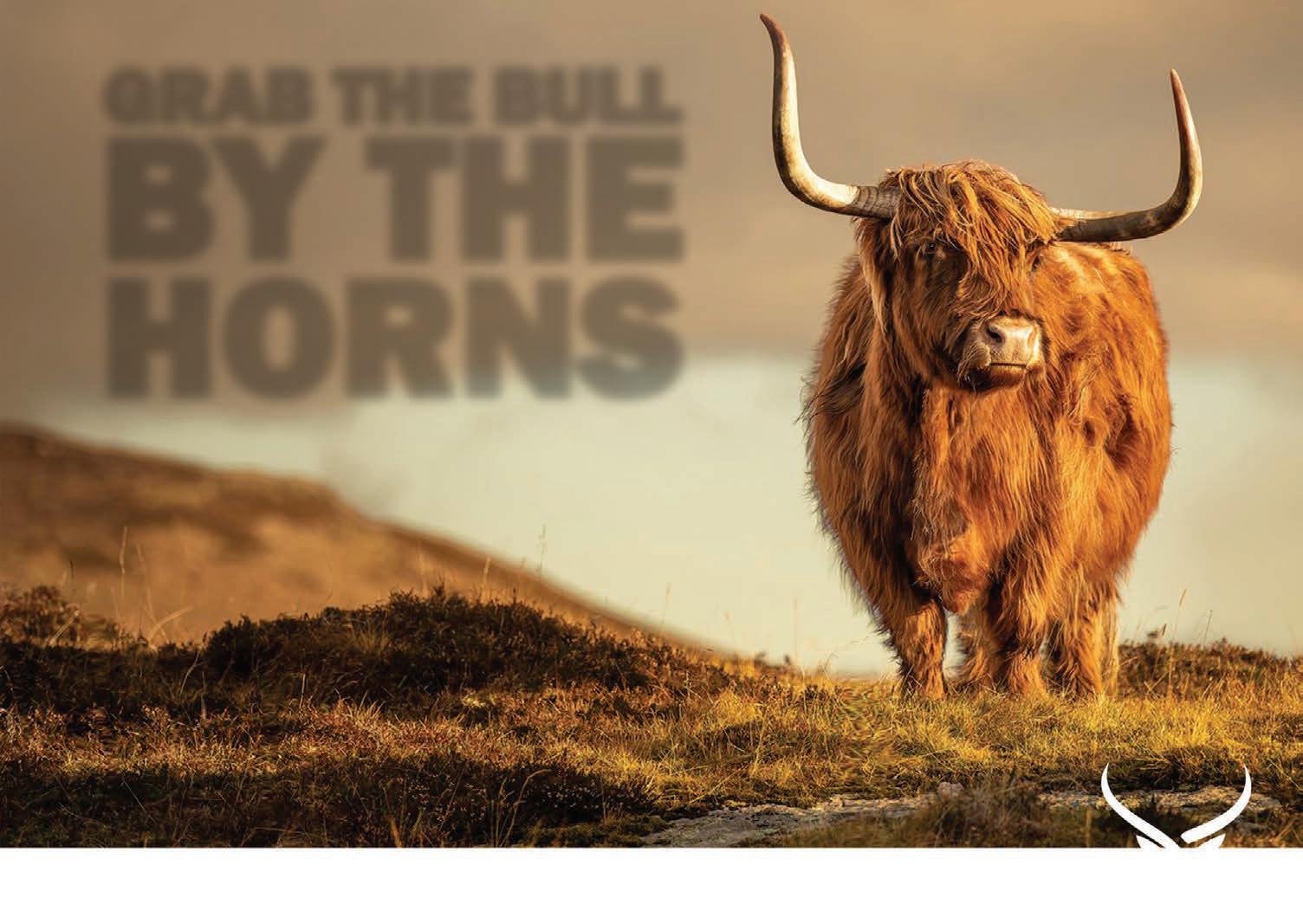
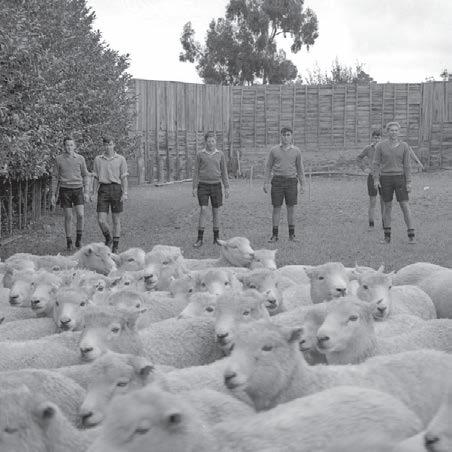
Ian Trass, teacher with the college from 1965 to 2010, became Head of Department. He also managed the School Farm, created agricultural education resources, and met the teacher who was to become his wife.
“Work was busy,” he chuckles, “but there were also many funny moments.”
Ian recalls the time one of his students came running up with a tale of possums in the hayshed. “Something furry, the boy said. told the boy to take a hammer and bop them on the head,” he says. “It wasn’t long before he returned. It hadn’t been possums after all. It was two young tousledheaded fellas hiding out.”
Another time, pine bark was laid in the grounds. “Within days, the entire area sprouted baby cannabis plants.”
Today, the college o° ers one of the largest primary industry training academies in the country for secondary pupils. On-farm activities include fencing, vaccinating, dagging, shearing, docking, and weighing stock. There’s a woolshed, purpose-built sheep yards, newly built cattle yards, horticultural and potting shed, large implement shed, and hay shed. A Mitsubishi Tractor MT450 is used with a range of implements for cultivation.
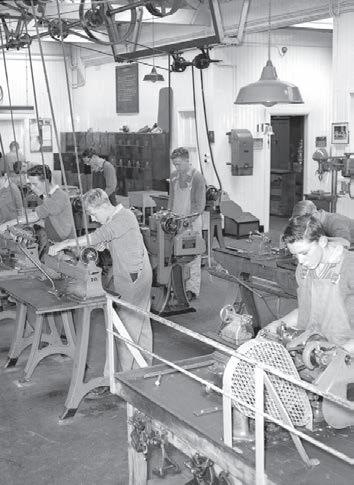

The farm has its own unique breed of Kaimac sheep. Its 175 olive trees are harvested each year, with premium olive oil made, marketed, and sold locally. Garlic, potatoes, and other crops are grown, with produce donated to local foodbanks.
Boarding at WaiCol
Boarding during the week at school is one of Wairarapa College’s points of di° erence.
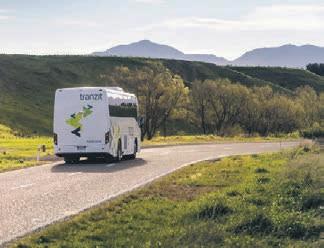
In 1925, WaiCol’s School House opened with 25 male boarders. From 1945, female students were also able to board at a separate hostel (Purnell).
Since 2020, Poto-College House has been available for rural students wanting to board. It is the only coeducational boarding school around. Today, it has about 50 students with equal numbers of boys and girls, and ÿ ve international students.
Hub for education, sports, and community learning

Rex Fowler, teacher at the college between 1968 and 2000 (initially ÿ lling in for a term but staying for 32 years), is proud of the quality of the teaching and learning at the College. He’s also proud of its sporting prowess, recalling the time he coached the boy’s hockey team to win the Rankin Cup: the premier competition for secondary school hockey.
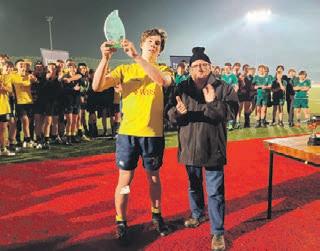
A changing world
When Principal George Sutherland retired from Wairarapa College in 1982, he said “about 10 years ago, for every pupil who left school there were two jobs - now, the reverse is true.” He also remarked on student anxiety about exam success and observed that most students now stayed for four years secondary education.
During Principal Sutherland’s tenure, a work experience class was introduced for students who found School Certiÿ cate subjects di˛ cult – they worked one day a week for a six-week period, gaining practical skills.
In 2023, it is recognised that learning in the school classroom doesn’t work for everyone. Some students learn best when ‘on-the-job’ and Wairarapa College can provide that option.
“Three of the boys subsequently went on to play for New Zealand,” he said. Other sporting old boys and girls include Sir Bob Charles (golf), Sir Brian Lahore (rugby), Ross Taylor (cricket), and Esther Lanser (cricket). Rex also helped with evening adult education classes: “in a coordination or supervisory role, with up to 100 di° erent classes, three or four nights a week.”
During Rex’s tenure, a lot changed. In 1976 there was a bomb scare (a hoax). In the late 1980s the internet arrived. And boys’ caps were ditched in the 80s, too. “I remember the boys lining up to throw their caps into a big hole in the lawn on the last day of cap wearing. Wairarapa College has always been a meeting place, a hub for the local community,” Rex says. So, in some respects, nothing much has changed at all.
100 Years Wairarapa College Centenary

FRI 10 - SUN 12

MARCH 2023
Join us in celebrating 100 years of Wairarapa College with an exciting schedule of events.

A student at WaiCol from 1949 to 1953, distinguished ‘old boy’ Sir Bob Charles is coming back to school.
“I took two years to get School
Certiÿ cate,” Sir Bob recalls. “I completed the sixth form but was really only interested in sport. I’ve always been a ball game freak.” He took Latin one year, but it was “water o° a duck’s back. There must have been some pretty girls in that class for me to take Latin,” he chuckles.
Sir Bob played rugby as a young fella but, aged 12, a player brought him down hard, tearing all the muscles in his groin. Rugby was replaced by golf as his winter sport after that. Good choice.
Sir Bob got into the ÿ nal of the Under18s golf event back in the day and won the Under-21s, beating his friend and WaiCol prefect Barret Ward.
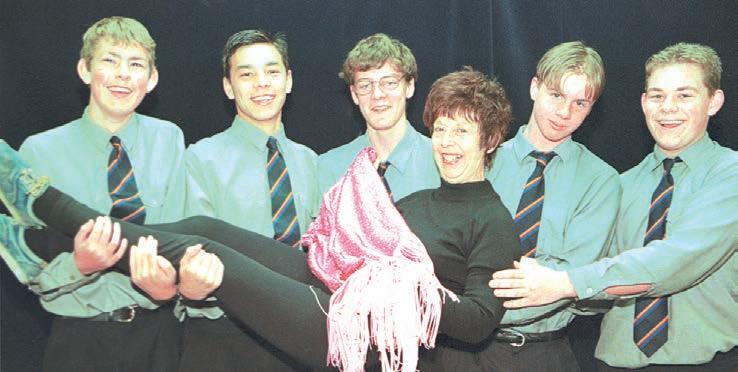
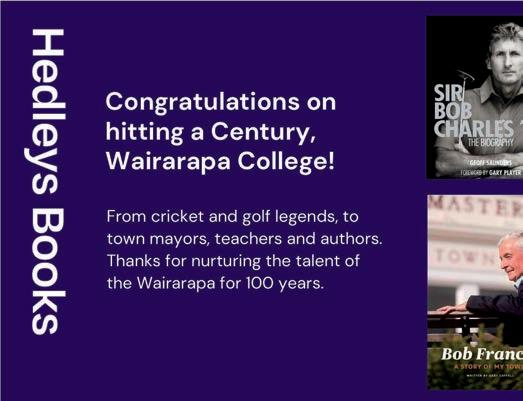
A friendly game of golf with the manager of Masterton’s National Bank gave the young man a job as a bank teller after school. He worked there until 1960, when not playing in amateur golf tournaments. Eventually, Sir Bob decided to “go pro”. 1963 saw him win the British Open – a moment photographed and hung on the wall of the Masterton Golf Club.
Murray Macklin, golfer, WaiCol old boy, and friend of Sir Bob’s, played against him at Mahunga Golf Club in 1969. “That game cemented my own desire to be a golf pro,” he says.
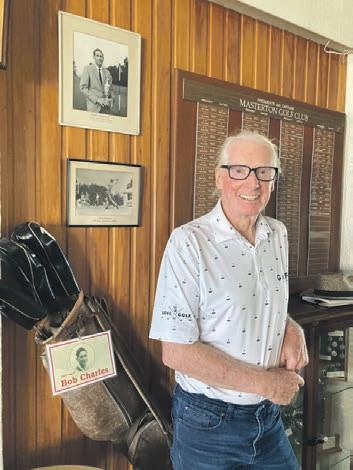
Sir Bob says: “My life demonstrates that if you love something and work hard at it, you can make a good living.”




